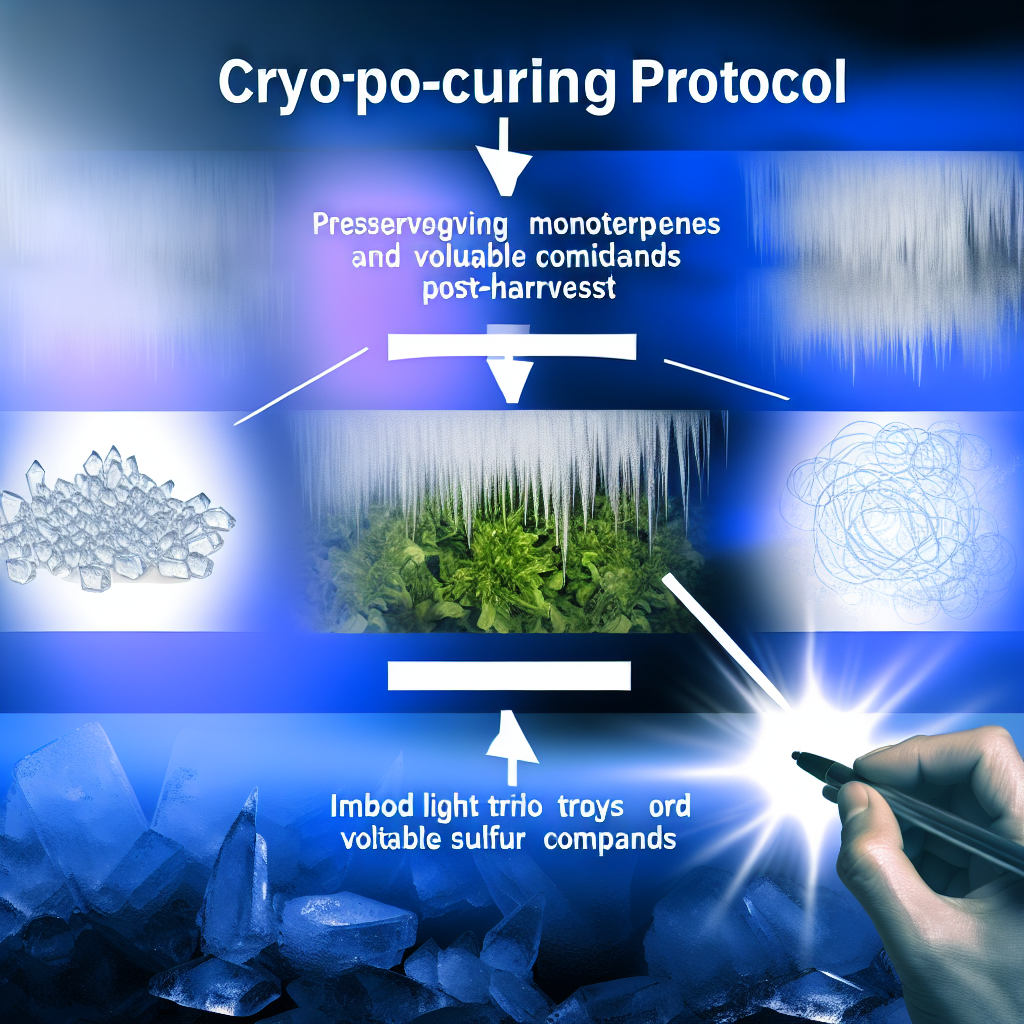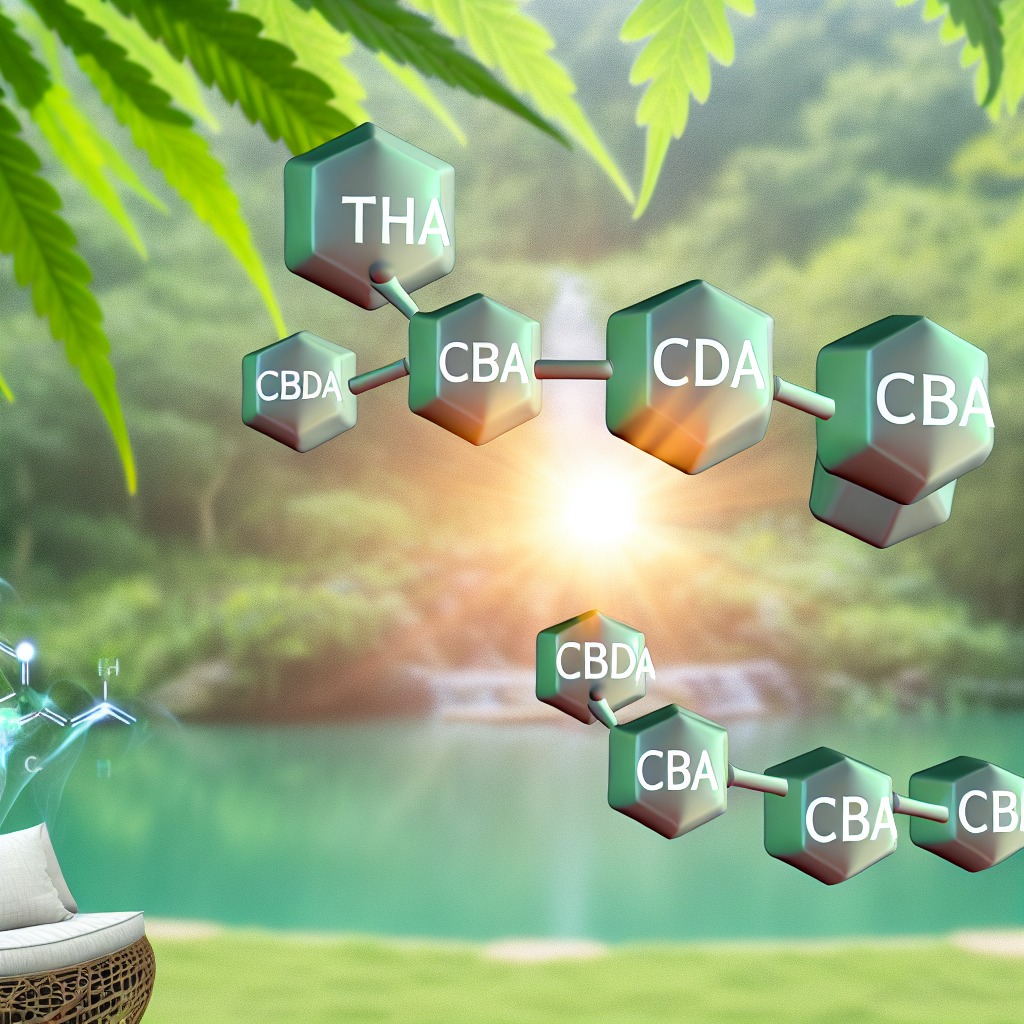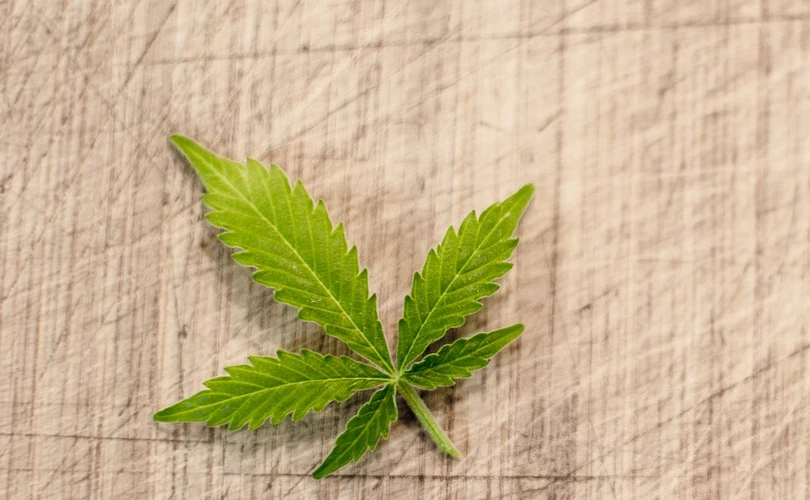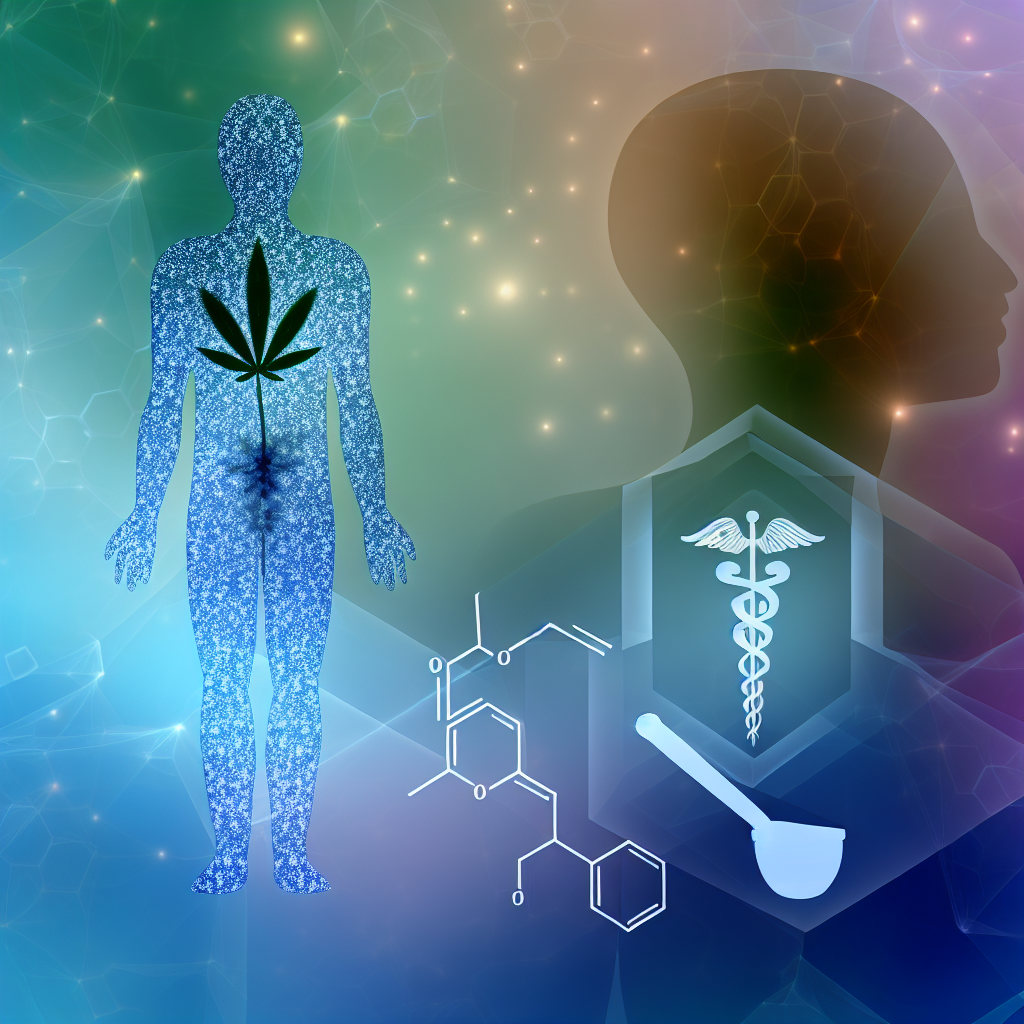Cryo-Curing Protocol: Preserving Monoterpenes and Volatile Sulfur Compounds Post-Harvest
Introduction
As the cannabis industry evolves, so does the science behind its cultivation and post-harvest methods. A growing focus among professional cultivators is the preservation of the plant’s most volatile and therapeutic compounds—particularly monoterpenes and volatile sulfur compounds (VSCs). One groundbreaking technique gaining traction is cryo-curing, which preserves the full phytochemical profile of cannabis immediately after harvest by freezing and vacuum drying the material at sub-zero temperatures.
Traditionally, cannabis is air-dried over several days to weeks. While effective in reducing microbial load and enhancing smoke smoothness, this method often results in the degradation or evaporation of crucial aromatic compounds. Due to their low molecular weight and high sensitivity, monoterpenes like myrcene, limonene, and pinene begin to deteriorate mere hours post-harvest under conventional curing conditions. Likewise, sulfur-based volatiles, including compounds like 3-mercaptohexanol, which produce the pungent “gassy” aroma in cultivars such as OG Kush and Gelato, degrade rapidly under heat and light exposure.
Cryo-curing provides a solution by freezing cannabis immediately after harvest, typically between -20°C and -40°C. This rapidly halts enzymatic activity, microbial growth, and oxidation processes. Following freezing, the cannabis undergoes freeze-drying (lyophilization), which removes moisture without passing through a liquid phase. This approach is significantly superior in preserving both terpene profile and cannabinoid integrity compared to traditional methods.
The relevance of cryo-curing grows as consumers become more discerning, seeking cannabis not just for THC potency but for a full-spectrum experience. An enhanced terpene profile contributes to the so-called “entourage effect,” believed to amplify the therapeutic benefits of cannabinoids. For medicinal users, such as those treating anxiety, chronic pain, or inflammation, this consistency and potency in effect are vital. Ultimately, cryo-curing bridges the gap between cultivation quality and product excellence, offering users a richer and more authentic cannabis experience.
Features
Recent research reinforces the importance of post-harvest technique in maintaining the broader spectrum of cannabis phytochemicals. Among these are the highly volatile monoterpenes and volatile sulfur compounds (VSCs), which significantly influence both the flavor and therapeutic effects of cannabis.
A 2021 study published in Molecules titled “Cannabis Phytochemicals: Extraction, Identification, and Therapeutic Properties” emphasized how quickly monoterpenes degrade during traditional air-curing. These compounds—like β-myrcene, α-pinene, and limonene—can evaporate with even minimal heat or oxygen exposure, often resulting in a 50% terpene loss within 24 hours post-harvest when handled improperly.
In another landmark study shared at the Emerald Conference by cannabis chemists Dr. Josh Jones and Dr. Kevin Koby, a newly identified group of sulfur-based compounds were found to be primarily responsible for the intense aroma of cultivars such as Chemdawg and Gelato. These volatile sulfur compounds are so delicate that they degrade shortly after harvest unless stored at cryogenic temperatures. Cryo-curing is currently the only post-harvest method capable of stabilizing them for long-term storage and consumer enjoyment.
The technology behind cryo-curing borrows from practices in the pharmaceutical and food processing sectors—specifically through the use of lyophilization. According to a 2020 whitepaper by Cryo Cure, a pioneer in cannabis freeze-drying, this technique allows for over 40% more terpene retention compared to traditional air-drying. The freeze-drying technique sublimates moisture directly from solid to vapor, bypassing the liquid phase that often degrades terpene and cannabinoid integrity.
From a medical standpoint, terpene preservation is essential. A 2022 publication in Frontiers in Pharmacology discussed the pharmacological importance of terpenes. For example, myrcene was shown to offer muscle-relaxing properties, while limonene exhibited anti-anxiety and antidepressant effects. These benefits are only achievable when the compounds are preserved accurately from harvest through product packaging.
Commercially, cryo-curing is already proving its value. Elevated Terpenes, a cultivator in California, reported that flower processed using cryo-curing maintained over 85% of its original terpene content after two months, while air-cured equivalents fell below 50%. These numbers underscore the advancement that cryo-curing brings to quality control, shelf stability, and user satisfaction.
As modern cannabis consumers become connoisseurs, seeking out minor but potent aromatic details over raw THC numbers, cryo-curing allows producers to meet and exceed those expectations.
Conclusion
Cryo-curing protocols mark a revolutionary leap in cannabis preservation science. By freezing freshly harvested cannabis and utilizing low-temperature freeze-drying, producers can retain nearly the entire spectrum of delicate and volatile constituents—most notably monoterpenes and volatile sulfur compounds. This technique ensures that consumers experience the full aroma, flavor, and therapeutic profile exactly as it exists in the live plant.
As awareness spreads and expectations climb, cryo-curing will likely become the standard for premium flower and concentrate products. The method doesn’t just improve shelf life—it enhances medical efficacy, consumer satisfaction, and product authenticity. With strong scientific backing and real-world application success, cryo-curing positions itself not just as a process innovation, but as an essential step for professionals aiming to deliver the best post-harvest cannabis experience.
References
– Cannabis Phytochemicals: Extraction, Identification, and Therapeutic Properties – Molecules
– Cannabis Terpenes as Therapeutic Agents – Frontiers in Pharmacology
– The Emerald Conference – Volatile Sulfur Compounds in Cannabis
– Cryo Cure: Science Behind Freeze Drying Cannabis
– Elevated Terpenes Cryogenic Curing Report
Concise Summary
Cryo-curing is an advanced cannabis preservation technique that retains delicate monoterpenes and volatile sulfur compounds which are typically lost during traditional air-drying methods. By freezing cannabis immediately at harvest and freeze-drying it, this method preserves aroma, flavor, and medicinal properties of the plant. Studies show cryo-curing maintains 85%+ of terpene profiles compared to less than 50% with air drying. As cannabis users demand higher sensory and therapeutic quality, cryo-curing emerges as the future gold standard for premium flower and concentrates. It’s a scientifically backed method that maintains the integrity of the plant from harvest to consumer shelf.




